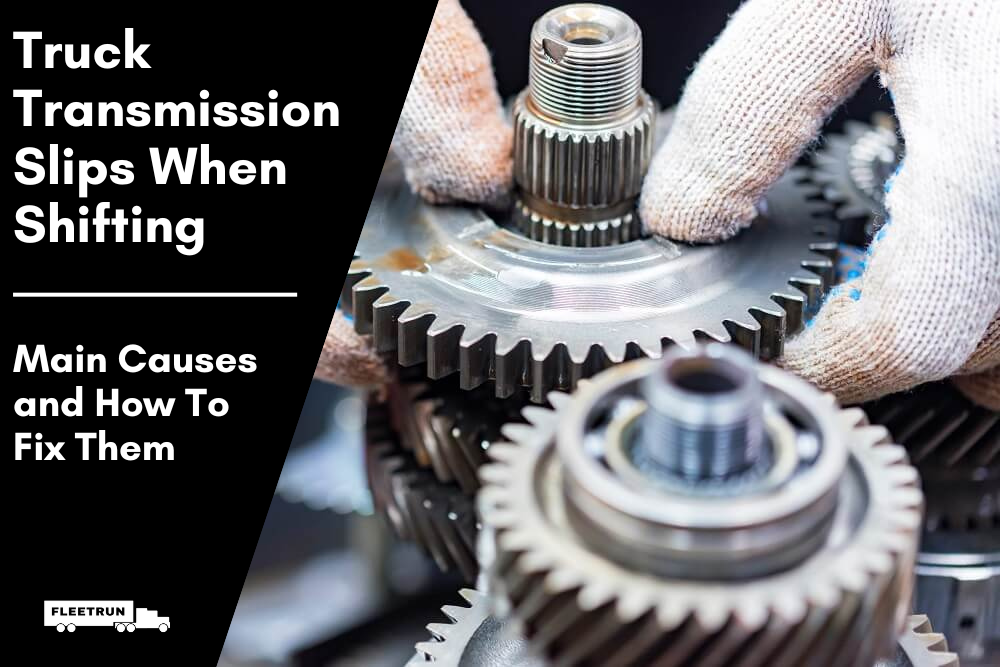
What Causes My Semi-Truck's Transmission to Slip When Shifting
You’re cruising down the highway, hauling a full load, when suddenly—your truck hesitates. The RPMs jump, the power feels off, and your transmission isn’t shifting the way it should. You press the gas, but instead of a smooth transition, there’s a sluggish, delayed response. Sound familiar?
A slipping transmission isn’t just annoying—it’s a warning sign. Ignore it, and you could be looking at costly repairs or, worse, getting stranded on the side of the road. But don’t worry! We’re about to break down the most common reasons why your transmission might be slipping and what you can do about it.
1. Low or Contaminated Transmission Fluid
Let’s start with the basics—your transmission fluid. It’s the lifeblood of the system, keeping everything cool and properly lubricated. But if it’s low, dirty, or burned, shifting becomes rough, delayed, or—yep—slippy.
The Fix: Check your fluid level and color. Fresh fluid should be bright red, not dark or burnt-smelling. If it’s low, top it off. If it looks dirty, a flush and filter change might be in order.
2. Worn Clutches (For Manual and Some Automatic Transmissions)
Clutches aren’t just for manual trucks—some automatics have them too. Over time, the clutch wears out, and this makes it harder for the transmission to engage well and if your truck hesitates before grabbing a gear, this should be the issue.
The Fix: If you have a manual transmission with a manual adjust clutch, you can adjust it yourself. However, if it's a self-adjusting clutch, you'll have to replace it. In some automatic transmissions, manufacturers allow clutch adjustments via a scan tool, which can check the clutch wear. Keep in mind that in automatics, a slipping clutch isn’t always the only issue—components like the clutch actuator and actuator solenoid can also cause these issues.
3. Solenoid Problems
Solenoids control the flow of transmission fluid and If they’re failing or clogged, fluid won’t reach the right places at the right time, and this will cause shifting issues or slippage.
The Fix: A diagnostic scan will most likely reveal any solenoid issues. The fix is either cleaning or replacing them.
4. Worn or Damaged Gears
Gears wear down over time—especially if your transmission has been running with low or dirty fluid. Damaged gears don’t engage properly, and this leads to delayed or sloppy shifts.
The Fix: This one isn’t a quick fix. A transmission rebuild or replacement may be the solution if your gears are worn. Remember - it’s important to catch the problem early, this can save you thousands.
Conclusion
A slipping transmission isn’t something you want to ignore. What starts as a small issue can quickly snowball into a costly headache. The good news? Catching it early can mean the difference between a minor fix and a full rebuild. So, if your truck is acting up, don’t wait. Check your transmission fluid, pay attention to warning signs, and if things don’t improve, get it checked out. Because when it comes to keeping your rig running strong, prevention is always cheaper than a breakdown.
If any of your clutch parts have to retire and repairs aren’t an option anymore – we can recommend you some that would serve you well:
Volvo Auto Clutch Solenoid and Actuator
Detroit DT12 Clutch Actuator





























